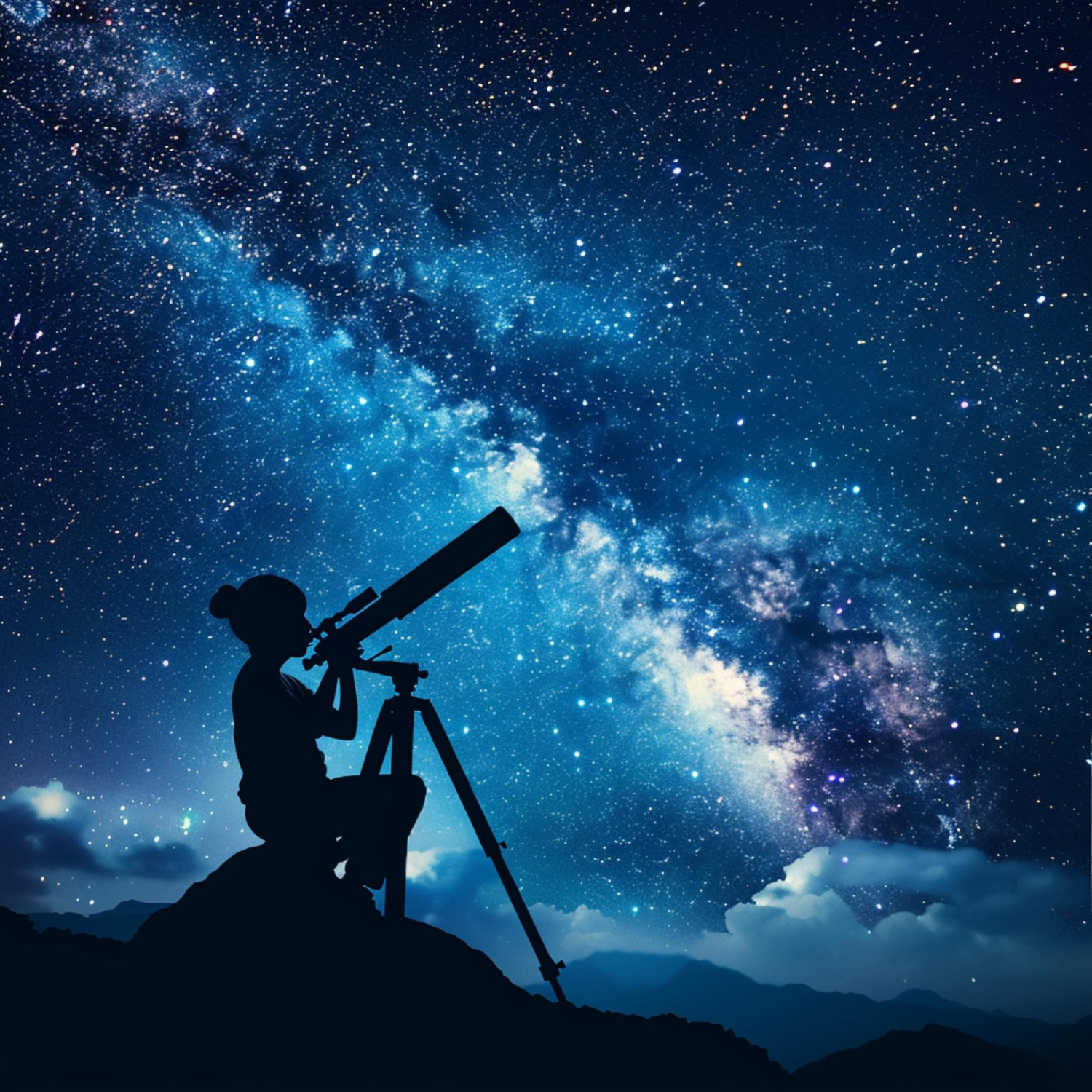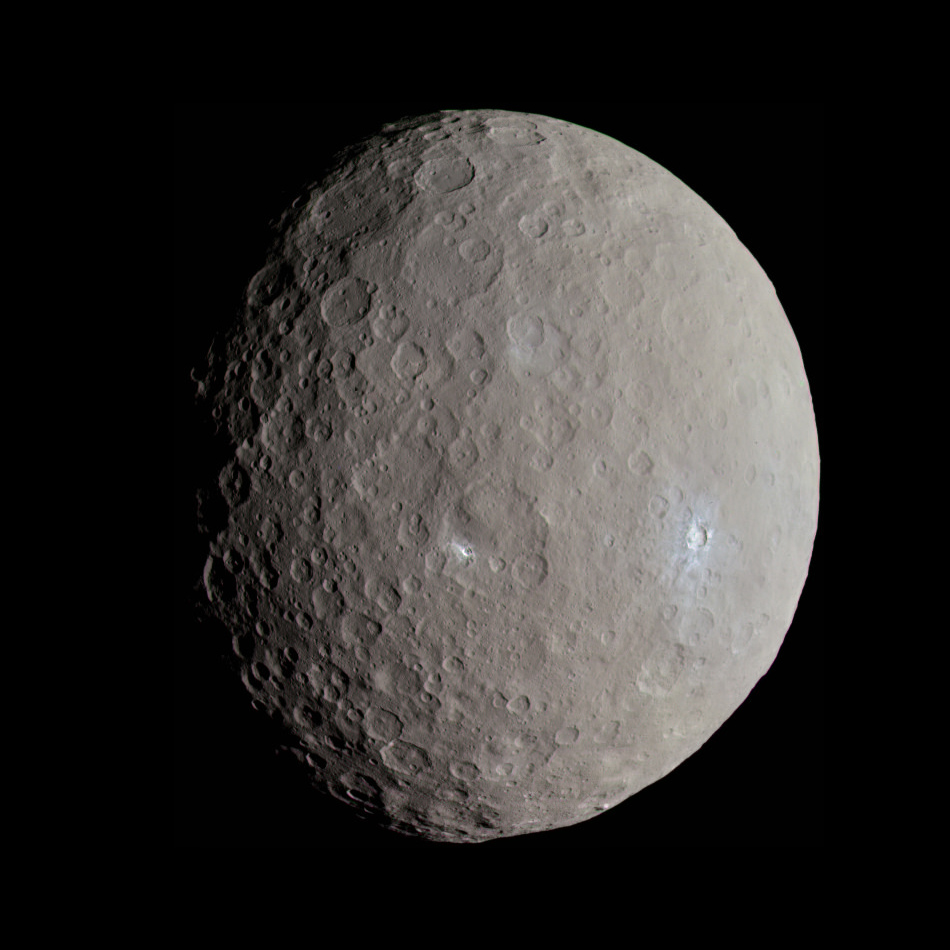
Basic Knowledge Astronomy
Objective: This worksheet aims to teach students about a selected topic from the field of astronomy.
Content and methods: The worksheet introduces the selected topic with a brief text. It uses true/false questions to test reading comprehension and a fictional interview with a famous astrophysicist to provide more context on the history of research and current scientific questions. The final section prompts students to explain concepts and summarize information from the interview.
Competencies:
- Reading comprehension
- Recalling and summarizing key information
- Analysis and critical thinking
Target group: 5-12th grade
58 other teachers use this template
Target group and level
5-12th grade
Subjects
Basic Knowledge Astronomy

Dwarf planet

Prior knowledge
What do you already know about the topic? Collect your knowledge together as a class and create a mindmap.
Use this space to copy the mindmap.
%20(2).jpg?alt=media&token=00af2a6b-1816-455f-bd86-b7dcfe491fac)
Additional information for teachers
Here you can find a sample solution for the mind map.
Dwarf Planet

Source: Wikipedia
A dwarf planet is a type of celestial object that orbits the Sun, similar to planets. They are massive enough to be rounded by their gravity, but they do not clear their orbital paths of other debris like planets do. This is why they are called dwarf planets instead of regular planets. The concept of dwarf planets was introduced by the International Astronomical Union (IAU) in 2006, partly due to the discovery of objects similar to Pluto in the Kuiper Belt.
Pluto was once considered the ninth planet in our Solar System. However, the discovery of other similar-sized objects led to a debate about its classification. In 2006, the IAU defined dwarf planets as a distinct category. This definition includes celestial bodies like Pluto, Eris, Haumea, Makemake, and Ceres. Ceres is unique because it resides in the asteroid belt between Mars and Jupiter, while the others are located in the Kuiper Belt beyond Neptune.
Dwarf planets can have moons and may exhibit geologic activity. For example, NASA's Dawn mission found that Ceres shows signs of past geologic activity. Similarly, the New Horizons mission revealed that Pluto has mountains made of ice and possibly experiences tectonic movements.
Dwarf planets are intriguing to scientists because they offer insight into the early Solar System's formation. They are remnants from that era, and studying them helps us understand how planets and other celestial bodies formed and evolved.
Despite their small size compared to the classical planets, dwarf planets are fascinating worlds with their own characteristics. Their study continues to challenge and expand our understanding of planetary science and the dynamics of our Solar System.
For each statement, choose if it's true or false.

The interview
Read an interview with a physicist who is talking about the current state of research. Then answer the questions.
Please note: This interview was generated by AI and does not feature a real conversation with the expert.
Brian Cox: Hello there, I’m Brian Cox. I’m a physicist, and I love talking about space and science. I teach at the University of Manchester and have been involved in many TV programs about the universe, like "Wonders of the Solar System."
Interviewer: When did scientists start studying dwarf planets?
Brian Cox: The idea of dwarf planets started in 2006 when scientists decided Pluto was not a regular planet anymore. Before that, Pluto was known as the ninth planet since its discovery in 1930. But scientists found other objects like Pluto in space, which made them think we needed a new category to describe these smaller worlds.
Interviewer: What do we know about dwarf planets now?
Brian Cox: We know quite a bit! There are five officially recognized dwarf planets: Ceres, Pluto, Haumea, Makemake, and Eris. They are smaller than regular planets and have not cleared their orbit of other space rocks. Ceres was the first to be visited by a spacecraft, NASA's Dawn mission, which taught us about its surface and history.
Interviewer: What questions have been answered in this area of research?
Brian Cox: We’ve learned that dwarf planets can be geologically active. For instance, missions like New Horizons showed us that Pluto has a heart-shaped glacier and mountains made of ice. These discoveries help us understand how these small worlds can change and evolve.
Interviewer: Are there questions scientists still want to answer about dwarf planets?
Brian Cox: Absolutely! We want to know more about what’s beneath their surfaces. For example, there might be oceans under Pluto’s ice that could hold clues to life. We are also curious about how many dwarf planets are out there; scientists think there might be hundreds or even thousands waiting to be discovered.
Interviewer: Thank you, Mr. Cox, for sharing your knowledge with us!
Brian Cox: You're welcome! Keep exploring and asking questions. Space is full of wonders waiting to be discovered!